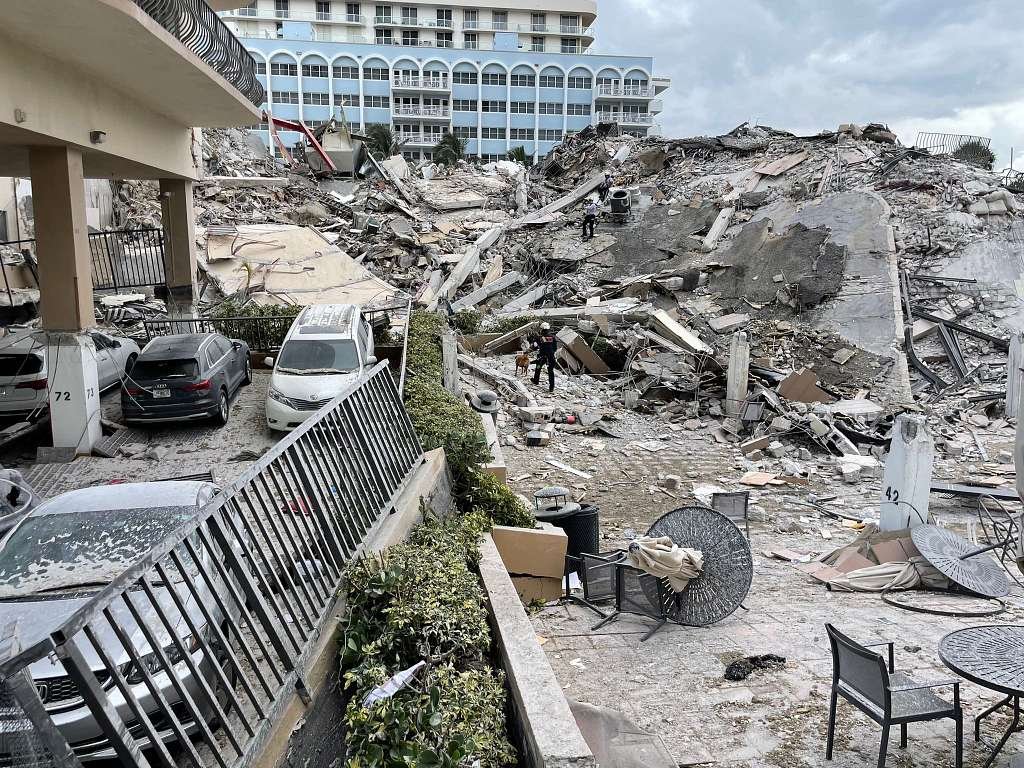
HOA Detective™ – September 9, 2025: For nearly two decades, a prominent California reserve study provider has argued that 70% or more of the homeowner associations (HOAs) in the United States are underfunding their reserves. At the time this initial observation was introduced into the HOA ecosystem, many observers considered the estimate alarming, perhaps even exaggerated. Today, with the benefit of thousands of examinations conducted across the nation, CIDAnalytics (CIDA) has concluded that the problem may be worse than the original 70% estimate – and getting worse by the year.
A Broader Lens on the Problem: CIDA has spent almost 15 years examining HOAs of every shape and size – from micro condominiums tucked into dense urban neighborhoods to sprawling master-planned communities with complex infrastructure. Two themes have emerged consistently from this work.
First, the number of HOAs with underfunded reserves is not only high, but increasing dramatically. What once seemed an exaggerated claim has become a baseline reality. The 70% figure, rather than being alarmist, may now understate the scope of the problem.
Second, the number of HOAs that have no reserve study at all – or studies that fail to meet state law or industry standards – is equally alarming. This absence of compliance leaves communities blind to their financial obligations, unable to plan, and unprotected against the inevitable deterioration of their shared infrastructure.
Fifty Years of Negligence and Ineptitude: The crisis of underfunded reserves is not new. It has been allowed to fester for more than half a century. HOAs were originally marketed as efficient, community-governed models of homeownership, but the financial underpinnings of this system have always been fragile. Boards composed of volunteer homeowners, often lacking professional training in finance or construction, have consistently underestimated long-term repair costs. Worse, some management companies and consultants have downplayed the seriousness to avoid difficult conversations about raising dues.
The Worst POSSIBLE Outcome: The absolute worst example of this systemic neglect shocked the world in June 2021. When the Champlain Tower South Condominium in Surfside, Florida, collapsed under its own weight, killing 98 occupants of the building. Families were shattered, homes were destroyed, and billions of dollars in litigation and economic fallout followed. In the aftermath, community management influencers such as the Community Associations Institute (CAI), local regulators, and the Florida legislature scrambled to enact reforms. Yet, many of these efforts amounted to little more than applying lipstick to a pig – no disrespect intended to actual pigs.
An Aging Housing Stock: If the crisis were not urgent enough, demographics have added fuel to the fire. A significant percentage of U.S. housing stock is now more than 40 years old. Buildings that were once considered “new” are entering middle age, and their mechanical systems, exterior surfaces, and structural components are nearing or past the end of their design lives. The costs associated with roof replacements, waterproofing, plumbing, electrical upgrades, and seismic or safety retrofits are exponentially higher than what most HOAs have budgeted for.
For many HOAs, the gap between reserves and real-world needs is a chasm. Special assessments – sometimes in the tens of thousands of dollars per household – are becoming more common, creating financial shock for homeowners, and destabilizing entire communities. Those unable to pay risk foreclosure or forced sale, outcomes that erode the very promise of stable, affordable ownership that HOAs were designed to provide.
The Industry’s Reluctance to Reform: Despite these stark realities, the industry’s response remains lethargic. The reserve study profession has long suffered from fragmented standards, uneven enforcement, and a lack of transparency. In some states, statutes requiring reserve studies are vague or riddled with loopholes. In others, the laws exist on paper, but are not enforced. Management companies (Mancos), often under pressure from boards to keep dues “low,” have little incentive to push for realistic funding plans. Industry lobbying groups frequently prioritize protecting their revenue streams over advocating for consumer protection.
The Status Quo Benefits Certain Players: Attorneys who profit from litigation, contractors who thrive on emergency repairs and renovation of large buildings, and managers who sell affordability while deferring responsibility. Meanwhile, the financial risk is transferred to unsuspecting homeowners, many of whom are blindsided when catastrophic assessments arrive.
A Call for Honest Accounting: The solution begins with honesty. Boards and managers must confront the uncomfortable truth: underfunded reserves are not a temporary inconvenience, but a structural crisis. Borrowing to fill the gap is not the way to HOA “prosperity.” Accurate, transparent reserve studies must become the rule, not the exception. Compliance with state law and industry standards cannot be optional. Regulators should enforce these requirements with the same seriousness applied to other consumer protections. The reserve study profession must also embrace reforms that bring consistency, accountability, and objectivity to the field.
CIDA’s experience demonstrates that when boards are provided with clear, objective analysis, many take steps toward healthier funding models. Transparency empowers homeowners, fosters trust, and reduces the likelihood of crisis-driven decision-making. But without pressure for systemic reform, progress will remain uneven.
The Unfortunate Reality: Every year that passes without reform increases the financial and human toll. Buildings continue to age, costs continue to rise, and the gap between available reserves and actual needs grows wider. Communities that delay planning face inevitable special assessments or, in worst-case scenarios, structural failures that place lives at risk. The unfortunate reality is that the Champlain Tower South building is not the only building in distress. The 2021 collapse in Surfside, FL, was a tragedy of unspeakable magnitude, but it was not an anomaly. It was the most visible and horrific manifestation of a disease that afflicts thousands of communities nationwide. Unless leaders, regulators, and industry stakeholders act decisively, similar events are not only possible but likely.
Conclusion: The crisis of underfunded reserves cannot be painted over with cosmetic measures. It demands transparency, accountability, and reform. Homeowners deserve to live in communities where financial planning is as sound as the walls and foundations of their homes. For nearly 15 years, CIDA has been sounding the alarm. The time for half-measures has passed. If HOAs are to fulfill their promise of stable, affordable home ownership, the reserves that protect these communities must be funded honestly, consistently, and with a long-term view.
Because You’re Buying More Than a Home!







